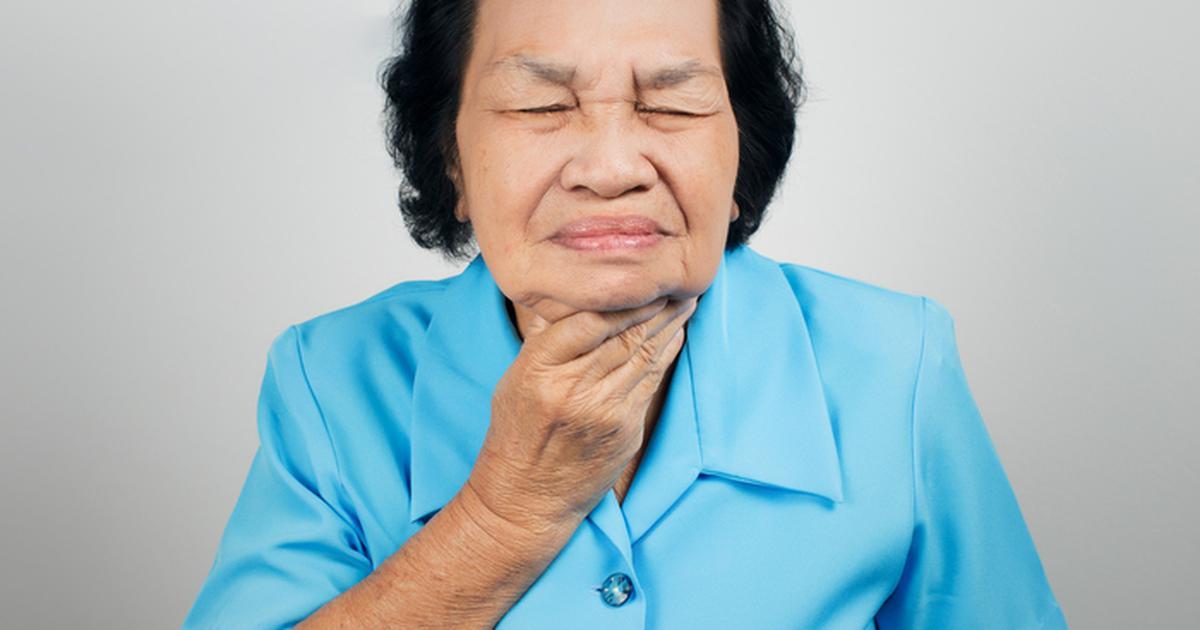Guide To Primary Lateral Sclerosis Symptoms
Slurred Speech
Patients with PLS may have slurred speech. Their rate of speaking may also be reduced. Oftentimes, these symptoms go hand in hand with a hoarse or low voice. Individuals with primary lateral sclerosis may also drool. Slurring and drooling are caused by a weakening of the facial muscles. As the muscles weaken, patients have a harder time controlling their movements and speaking clearly. It's important to note the disease's average progression takes place over about twenty years. Some patients' slurring may become slowly worse as the facial muscles continue to weaken. Slurred speech can also be a serious sign of other neurological problems including Parkinson's disease, ALS, or a stroke.
Uncover more details about the warning signs of primary lateral sclerosis now.
Difficulty Swallowing And Breathing

Primary lateral sclerosis patients may experience difficulty swallowing and breathing in the disease's late stages. These symptoms tend to occur after PLS has progressed for several years, so they're not usually the first signs people have that something is wrong. While adult-onset primary lateral sclerosis doesn't appear to shorten a person's life expectancy, complications from the difficulties breathing can be potentially serious. PLS starts in the legs, but the symptoms can affect the muscles in the hands and around the base of the brain. Weakness in the face and neck is what leads to difficulty swallowing, otherwise known as dysphagia. Trouble breathing can sometimes be attributed to trouble controlling the muscles around the airway.
Get more information regarding the symptoms of primary lateral sclerosis now.
